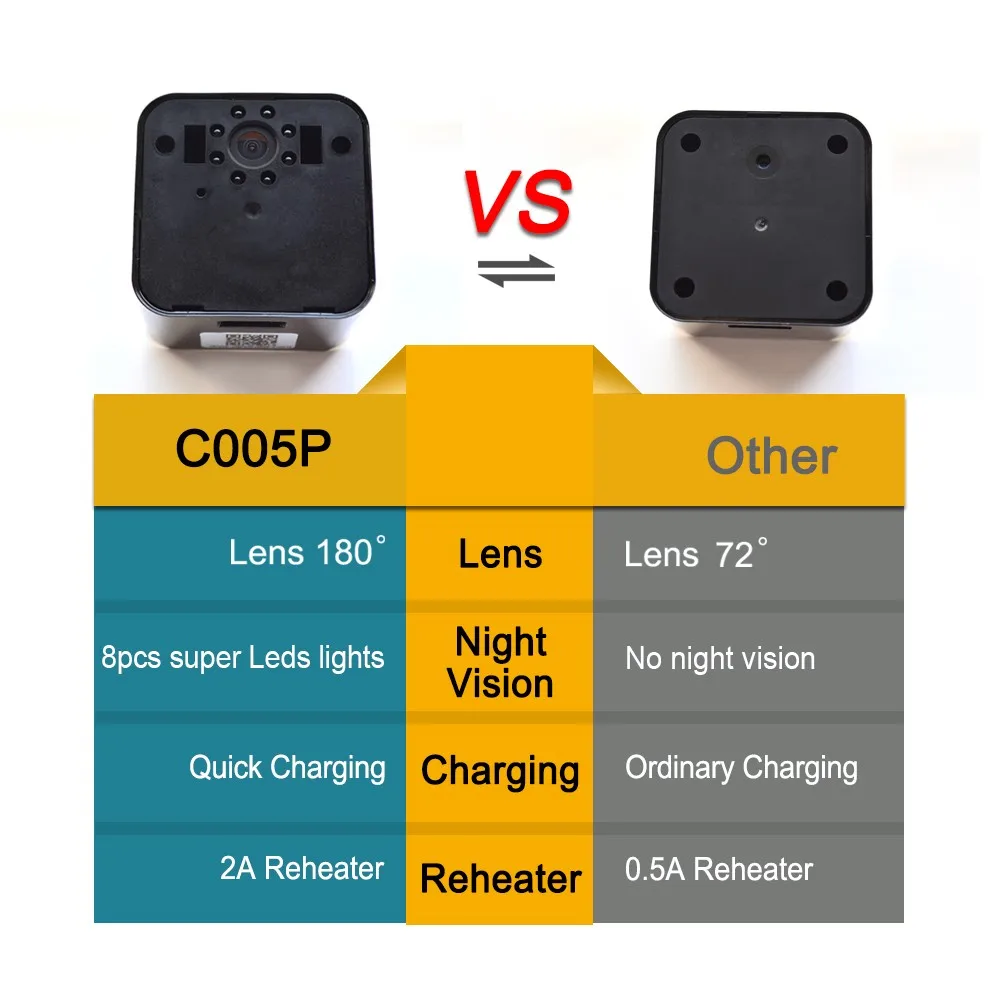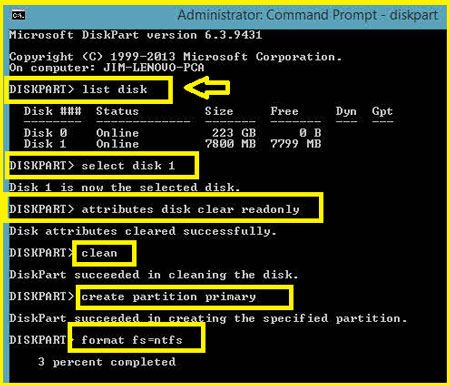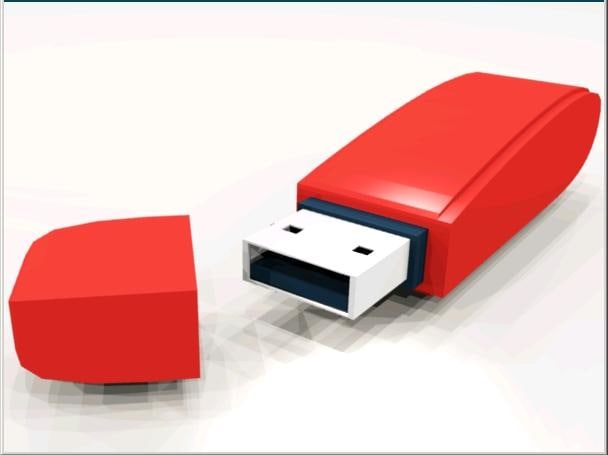

- #Format usb for car mac how to
- #Format usb for car mac full
- #Format usb for car mac mac
- #Format usb for car mac windows
#Format usb for car mac windows
Step 1: Right-click on the Start menu at the lower-left corner and choose Windows PowerShell(Admin). PowerShell is a task and configuration management platform which was first appeared in 2006 it’s powerful than Command Prompt that can be used to automate many different system administration tasks, and of course, for formatting a USB flash drive: Method 4: Format a USB Flash Drive Using PowerShell (Windows 10 Only) Step 3: Select exFAT from the File System drop-down menu. Step 2: Right-click on the desired USB flash drive and select Format. Step 1: Press Win + Q, type in Disk Management and open it. This is a method similar to the one performed by using File Explorer, and here are the steps you can follow: Method 3: Format a USB Drive Using Disk Management Note: Replace exFAT if you choose another file system, for example, enter the command format fs=fat32 to format the USB flash drive into FAT32 format.
#Format usb for car mac full

Generally, On Windows 10, 8, 7, there are some common ways you can format a USB flash drive.
#Format usb for car mac how to
How to Format a USB Drive on Windows 7/8/10?Īfter deciding which file system you are going to apply, let’s explore the formatting methods.
#Format usb for car mac mac
We strongly recommend that you use exFAT, which is considered the best choice for both Windows and Mac computers, whereas the exFAT file system works better than FAT32 and can handle the file size up to 16GB. It serves no matter the Windows or Mac users who want to work with files larger than 4GB. exFAT: It provides an unlimited file and partition size.The disadvantage is that the Mac computer can only read the data from the NTFS drive. Besides, it supports on-the-fly file encryption. NTFS: It can create partitions larger than 32GB and read/write files larger than 4GB.But it cannot handle single files larger than 4GB and has a limited partition size (up to 32GB). FAT32: It’s compatible with all major operating systems and uses less memory usage.We can’t talk about formatting without talking about file system as it differs when we are using the different computers the common file systems are FAT32, exFAT, and NTFS for Windows, APFS, HFS+, and exFAT for macOS, here we will only talk about the most common file systems when formatting a USB flash drive: Which File System Should I Choose for a USB Flash Drive?

Meanwhile, it also creates a filing system that can help organize your data on Windows or Mac. It wipes all the data stored on your flash drive and allows full use of the storage capacity.


 0 kommentar(er)
0 kommentar(er)
